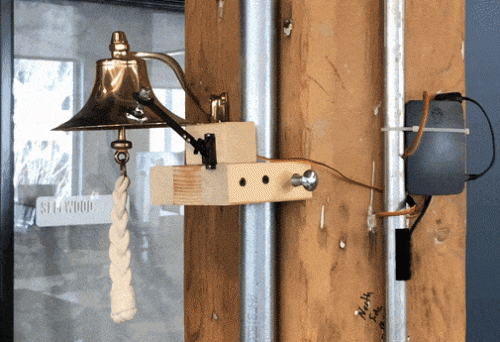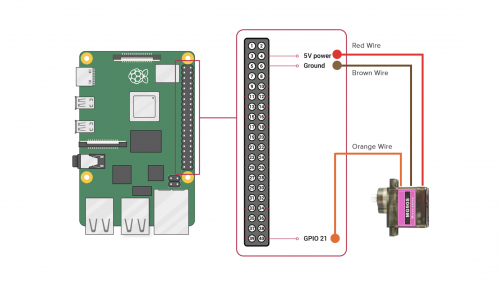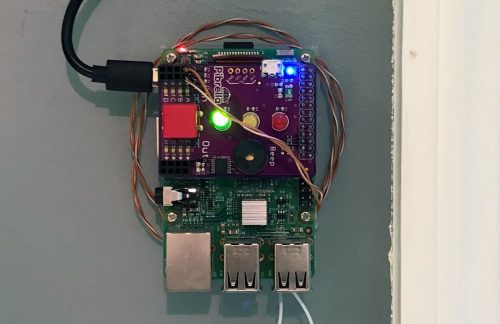Bustling offices… remember those? It feels like we’ve all been working from home forever, and it’s going to be a while yet before everyone is back at their desks in the same place. And when that does happen, if your workplace is anything like Raspberry Pi Towers, there will still be lots of people in your team who are based in different countries or have always worked from home.

This office bell, built by a person called Alex, is powered by a Raspberry Pi 3B+ and is linked to Slack, so when a milestone or achievement is announced on the chat platform by a remote team member, they get to experience ringing the office bell for themselves, no matter where in the world they are working from.
Kit list:

Integrating with Slack
To get the Raspberry Pi talking to Slack, Alex used the slackclient module (Python 3.6+ only), which makes use of the Slack Real Time Messaging (RTM) API. This is a websocket-based API that allows you to receive events from Slack in real time and send messages as users.
With the Slack RTM API, you create an RTM client and register a callback function that the client executes every time a specific Slack event occurs. When staff tell the @pibot on Slack it’s ‘belltime’, the Raspberry Pi tells the servo to ring the bell in the office.

Alex also configured it to always respond with an emoji reaction when someone successfully rings the bell, so remote employees get some actual feedback that it worked. Here’s the script for that bit.
Alex also figured out how to get around WiFi connectivity drops: they created a cronjob that runs a bash script every 15 minutes to check if the bell ringer is running. If it isn’t running, the bash script starts it.

At the end of Alex’s original post, they’ve concluded that using a HAT would allow for more control of the servo and avoid frying the Raspberry Pi. They also cleaned up their set-up recently and switched the Raspberry Pi 3B+ out for a Raspberry Pi Zero, which is perfectly capable of this simple job.
Website: LINK

